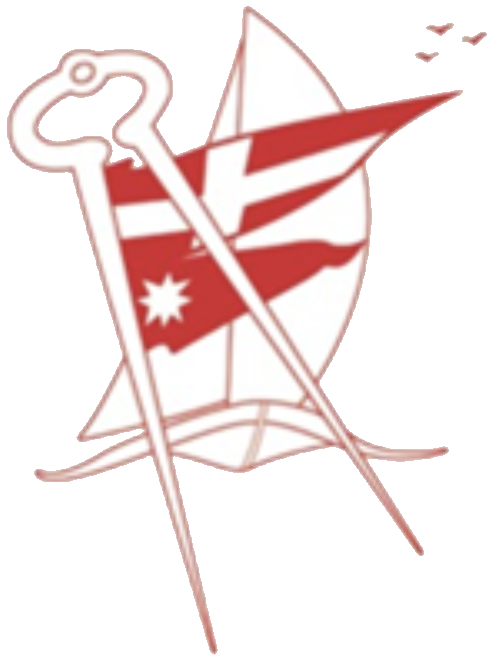On a Tour (mid May to mid June) of Western Canada and Alaska, in a few free hours, we visited the Maritime Museum of British Columbia in the city of Victoria, on the southern tip of Vancouver Island. Victoria is the Capital of British Columbia not Vancouver.
Whilst the exhibits were interesting, with information on the history of local Pirates and their Ships, we sighted the original restored “Tilikum”.

This vessel is a North American Indian canoe, hollowed out of a single solid red cedar log and has a 5 feet 6 inch beam and is about 36 feet long. It is a proper dugout canoe. The canoe was many years old when Voss acquired her. (No doubt well seasoned)
Voss modified this canoe by fitting an 8 inch by 3 inch external keel, to which was fastened 300 pounds weight of lead ballast and some internal framing. He also added two planks each side, to increase the freeboard by 7 inches, decked her over and fitted a cockpit and cabin and 3 short gaff rigged masts and a rudder. He added half a ton of internal ballast and four 100 pound weight sand bags as shifting ballast, to maintain good sailing trim.
On the 20th May 1901, he set off from Victoria BC, with one crew member. He crossed the Pacific to Sydney Australia, had the vessel on exhibition in Manly Park, (probably Manly Oval) then crossed the Indian Ocean, rounded the Cape of Good Hope, crossed the Atlantic to Brazil and then continued onto London, England arriving after 3 years 3 months and 12 days, about the Ist September 1904.
This incredible voyage was accomplished by a very experienced seaman. It is expressed by some historians, that Voss went to sea at about sixteen years of age and obtained his Master’s Certificate at around 40 years of age. Following other given dates, he was probably about 51 years of age, when he set out in the “Tilikum” His one crew member changed several times during his long voyage. The first left after 3 months and a later crew member was lost overboard, in the south pacific. He was not tied in, which was one of Voss’s general safety procedures. As well as being a great seaman, Voss must have been a very tough human to survive such a long voyage.
Before his Tilikum” voyage, he sailed “Xora” a 35 foot 10 ton gaff rigged sloop, with two young crew, from Victoria, down the west coast of the US and Mexico to Cocos Island, in search of a gold treasure (not found) and then to Callao in Peru, South America.
In bad weather, which he experienced many times, Voss believed in heaving too first and then using a sea anchor (off the Bow) for small craft He describes his methods in detail in his conclusion, in his book. Even in large sailing ships he believed in heaving too. Crew should be attached (tied in) in the cockpit in small vessels. He favoured the use of small amounts of oil, discharged while hove too.
After his “Tilikum” voyage, he set sail in 1912 in the “Sea Queen” a 26 feet gaff rigged Yawl from Yokohama Japan. About 250 miles out, they were hit by a Typhoon, the worst weather Voss had ever encountered. The yacht suffered severe damage and was nearly sunk. They ventured into the Behring Sea in the “Sea Queen”, according to one historian.
The “Sea Queen” was built on the same lines as the “Sea Bird”, in which Mr T.F. Day, Editor of the American Yachting Magazine Rudder, sailed from New York to Rome. This design was hard chine and beamy. To digress, for those who may remember some of the yachts which raced with MHYC in the 1950’s, Max Barnet, a MHYC member, raced a yacht called “Sarong”. I believe “Sarong” was a Seabird design, rigged as a sloop and 26 feet long. My wife Helen once sailed with Max on “Sarong”. I raced as crew on another MHYC yacht and remember “Sarong” well. Looking at the photograph of “Sea Queen”, “Sarong” looked precisely like a sister ship.

Max one day walked into the office in Manly, where I worked, his navy blue polo necked jumper sprayed white with salt. He had just sailed “Sarong” from Broken Bay to Sydney in a strong westerly. Some memories.
Bill Humel

Recent Comments